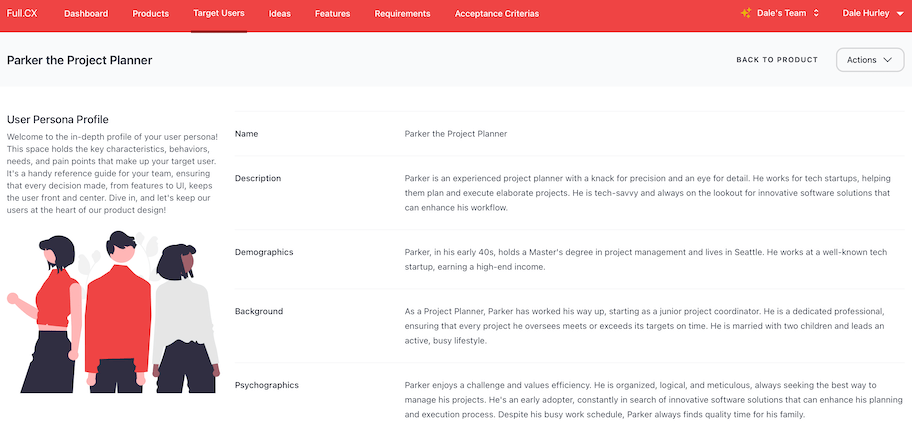The role of the Chief Product Officer (CPO) has emerged as a pivotal one. As organizations increasingly recognize the importance of product strategy in achieving business success, the CPO's influence within the corporate hierarchy has grown significantly. Today's Chief Product Officer is not just a title; it represents the convergence of customer-centric vision, technical acumen, and strategic leadership.
At the core of the role, a CPO is responsible for the overall vision and strategy of a company's products. This entails understanding the market, identifying opportunities, and creating a coherent road map that aligns with the company's business goals. By translating customer needs and market trends into actionable product initiatives, CPOs ensure that the company remains competitive and relevant in a rapidly evolving marketplace.
A CPO's day-to-day tasks are multifaceted and encompass a wide range of responsibilities. These include defining the product portfolio, prioritizing features, overseeing development cycles, and ensuring that the end product resonates with the targeted customer base. But their responsibilities do not end there; they must also foster a culture of innovation within the team, align cross-functional departments, and work closely with marketing, sales, and customer support to ensure a cohesive approach to product launches and lifecycle management.
What sets the most successful CPOs apart is their ability to not only understand the technical aspects of the product but also to have a keen sense for business and marketing. They are storytellers who can compellingly articulate the value proposition of their products to stakeholders, both internal and external. This narrative often hinges on a deep understanding of the customer journey—mapping out each touchpoint and ensuring the product adds meaningful value at each stage.
The integration of user experience (UX) design into the product development process is another critical area overseen by the Chief Product Officer. As user expectations rise, the demand for intuitive, engaging experiences has never been higher. A CPO must ensure that the UX design is not an afterthought but a fundamental component of product development, blending aesthetics, functionality, and usability to create products that delight users.
Performance metrics are also a cornerstone of the CPO's role. Leveraging data analytics, CPOs can measure everything from user engagement to retention, using these insights to make informed decisions about product direction and to demonstrate ROI. A data-driven approach helps in fine-tuning the product strategy and in making pivots when necessary to respond to market feedback.
One cannot overlook the importance of leadership within the remit of the Chief Product Officer. Leading product teams effectively requires a combination of technical knowledge, empathy, and the ability to inspire and motivate. Building and maintaining a high-performance team culture is essential, as the success of the product often hinges on the collaboration and commitment of the team behind it.
In conclusion, the role of the Chief Product Officer is at the forefront of shaping not only products but also the future direction of the companies they serve. Through thoughtful leadership, strategic decision-making, and an unwavering focus on a delightful user experience, CPOs are vital architects in an organization's drive toward innovation and customer satisfaction. As companies navigate the complexities of the modern business environment, the role of the CPO is set to become even more influential, reflecting the irrefutable truth that great products are the lifeblood of successful companies.
Empowering Your Product
Team for Success.
Start using Full.CX today.
Smart tools to streamline your transition from concept to concrete specifications.

